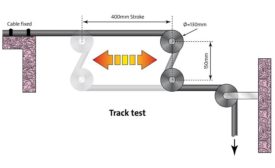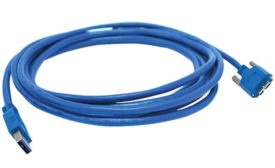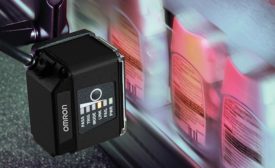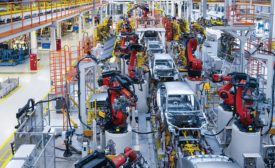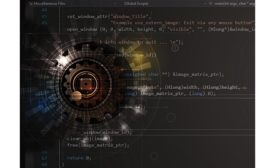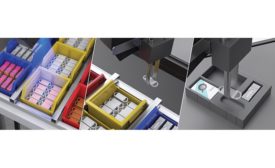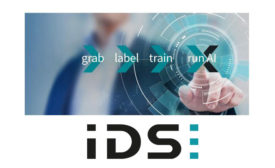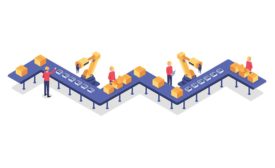Vision & Sensors
All cables should be fully tested to check they have the correct point-to-point connections.
Read More
Interfaces for Machine Vision
Both consumer and dedicated interfaces are used across many machine vision applications.
May 5, 2020
LED Light Pulses Enter the Nano Realm to Keep Pace with High-Speed Imaging
A competent vision designer can optimize image capture at extremely high speeds.
May 4, 2020
Machine Vision Software: What’s “Under the Hood”
Let’s ensure that your machine vision applications all will be successful and reliable now and in the future.
May 4, 2020
Smart 3D Robot Vision: The Science of Seamless System Integration
Learn how 3D smart sensors can be tightly integrated with robots to achieve a number of dynamic manufacturing processes.
May 4, 2020
Vision & Sensors Headline
Boulder Imaging Announces Leadership Additions, Team Expansion
April 7, 2020
Sponsored Content
How to create an intelligent industrial camera without prior knowledge
April 7, 2020
Quality in Automation > Automation 101
Automation for Beginners and Experts
Whether a newcomer or grizzled expert, it never hurts to brush up on the fundamentals of automation and robotics.
April 6, 2020
Quality in Automation > Robotics 101
The Details of Vision Guided Robotics
Vision guided robotics today encompasses all the technologies needed to recognize, process and handle objects based upon visual data.
April 6, 2020
Stay in the know with Quality’s comprehensive coverage of
the manufacturing and metrology industries.
eNewsletter | Website | eMagazine
JOIN TODAY!Copyright ©2025. All Rights Reserved BNP Media.
Design, CMS, Hosting & Web Development :: ePublishing
